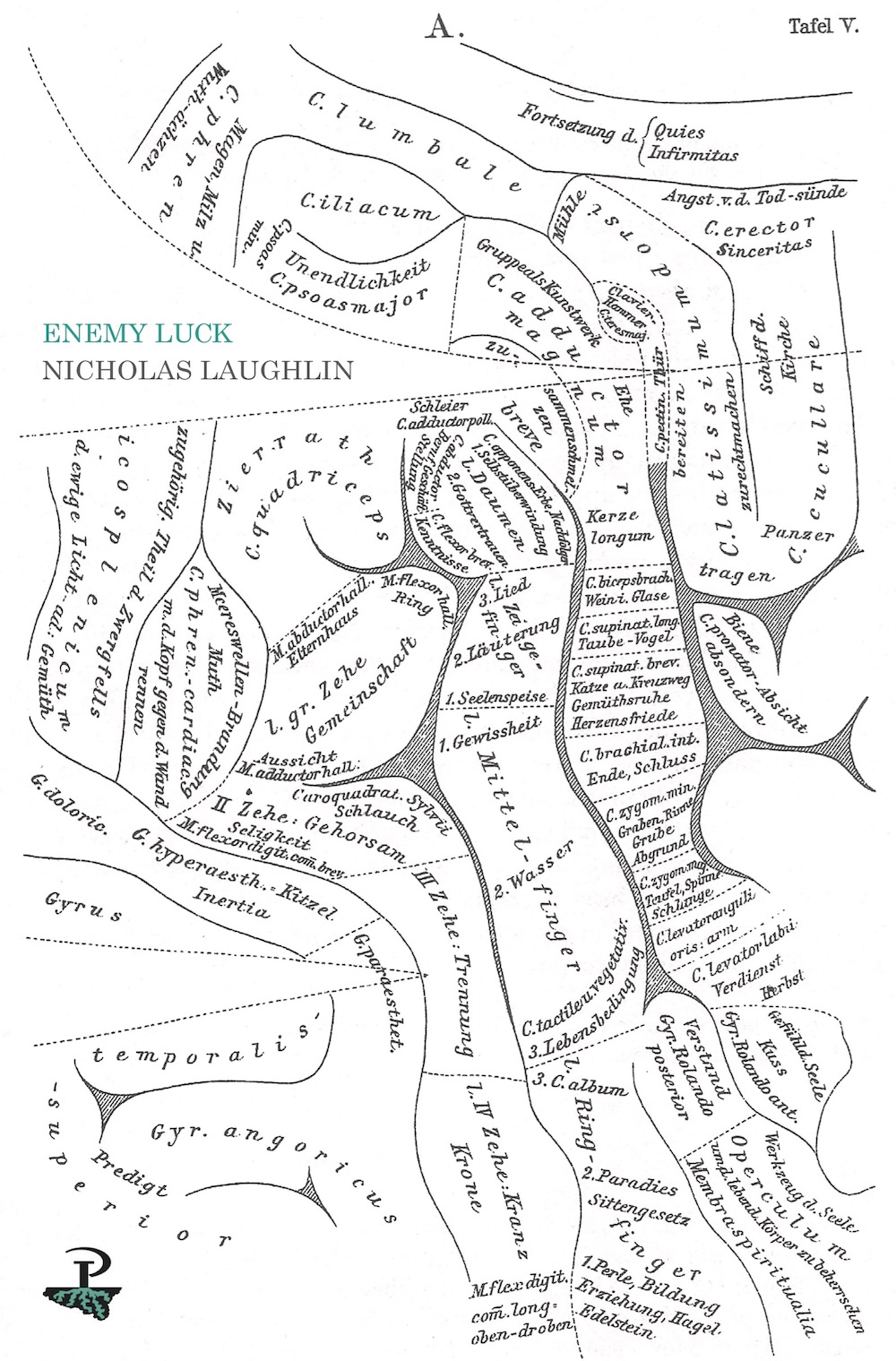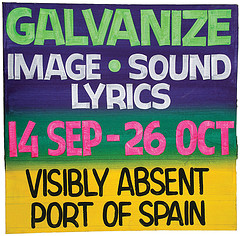Thursday, October 13, 2005
Guyana's long-awaited 2002 census report--or at least an "intermediate" "core analysis"--has been released; see the front-page story in today's Stabroek here.
When I was in Guyana in February and again in August I heard several theories about why the census results had been delayed so long. It seemed generally agreed that the figures would point to some demographic trend the PPP government was not pleased about. The summary is: Guyana's East Indian population, an absolute majority as recently as the 1980 census, has declined from its 1991 proportion of 48.65% and now accounts for 43.5% of the national population. The African population has also declined (by 2.1%) to 30.2%. The mixed race population, meanwhile, has jumped to 16.7% (three cheers for miscegenation). Most striking to me, Guyana's Amerindians are now 9.2% of the population, up from 6.5% in 1991--which may reflect improvements in health care, nutrition etc. or, as a Guyanese friend pointed out to me, may simply mean the census-takers counted more carefully this time (it's thought that Amerindians have been seriously undercounted in earlier censuses due to the relative remoteness of many of their settlements & distrust of coastlander officials). When more detailed figures are released it'll be interesting to see whether the increase has been consistent among all Guyana's nine officially recognised Amerindian peoples, or concentrated in just one or two.
So you can see why many people thought the government was deliberately withholding the figures: ten months ahead of what everyone expects will be a nasty general election, in a country where the two major political parties depend on ethnic voting, it's revealed that the ruling party's base is shrinking. Interesting that the state-owned Chronicle didn't put the census story on its front page, & published an article giving the reaction of the PPP's general secretary, Donald Ramotar (no link; the Chronicle website is a mess):
He said "the census was taken in 2002 which suggests that the composition of the population was more or less the same in 2001 when the (general) elections were held and the PPP won over 53 per cent of the vote. Clearly, the PPP was getting a large (number) of crossover votes."
Mr. Ramotar noted the Census 2002 showed that the East Indian population was 43 per cent, while the PPP/C has been able to secure more than 53 per cent of the votes and argued that this destroyed the myth of the PPP being an Indian party.
"Historically, even if the PPP received all the Indian votes, it could not win government. And I am also sure that a certain percentage of East Indians did not vote for PPP. Our national, broad appeal saw increasing support in every election from other ethnic groups--Africans, Amerindians and Mixed," he offered.
This is interesting too: as pointed out by this Stabroek story, the figures suggest that 40% of the Guyanese born in the late 1970s no longer live in Guyana, a devastating accounting of the brain-&-brawn drain that's afflicted the country for decades. The census also counts just over a thousand Brazilians living in Guyana, a far cry from the figures I've heard bandied about ("maybe ten thousand just in the Georgetown area").
All, somehow, relevant to the Guyana project....
When I was in Guyana in February and again in August I heard several theories about why the census results had been delayed so long. It seemed generally agreed that the figures would point to some demographic trend the PPP government was not pleased about. The summary is: Guyana's East Indian population, an absolute majority as recently as the 1980 census, has declined from its 1991 proportion of 48.65% and now accounts for 43.5% of the national population. The African population has also declined (by 2.1%) to 30.2%. The mixed race population, meanwhile, has jumped to 16.7% (three cheers for miscegenation). Most striking to me, Guyana's Amerindians are now 9.2% of the population, up from 6.5% in 1991--which may reflect improvements in health care, nutrition etc. or, as a Guyanese friend pointed out to me, may simply mean the census-takers counted more carefully this time (it's thought that Amerindians have been seriously undercounted in earlier censuses due to the relative remoteness of many of their settlements & distrust of coastlander officials). When more detailed figures are released it'll be interesting to see whether the increase has been consistent among all Guyana's nine officially recognised Amerindian peoples, or concentrated in just one or two.
So you can see why many people thought the government was deliberately withholding the figures: ten months ahead of what everyone expects will be a nasty general election, in a country where the two major political parties depend on ethnic voting, it's revealed that the ruling party's base is shrinking. Interesting that the state-owned Chronicle didn't put the census story on its front page, & published an article giving the reaction of the PPP's general secretary, Donald Ramotar (no link; the Chronicle website is a mess):
He said "the census was taken in 2002 which suggests that the composition of the population was more or less the same in 2001 when the (general) elections were held and the PPP won over 53 per cent of the vote. Clearly, the PPP was getting a large (number) of crossover votes."
Mr. Ramotar noted the Census 2002 showed that the East Indian population was 43 per cent, while the PPP/C has been able to secure more than 53 per cent of the votes and argued that this destroyed the myth of the PPP being an Indian party.
"Historically, even if the PPP received all the Indian votes, it could not win government. And I am also sure that a certain percentage of East Indians did not vote for PPP. Our national, broad appeal saw increasing support in every election from other ethnic groups--Africans, Amerindians and Mixed," he offered.
This is interesting too: as pointed out by this Stabroek story, the figures suggest that 40% of the Guyanese born in the late 1970s no longer live in Guyana, a devastating accounting of the brain-&-brawn drain that's afflicted the country for decades. The census also counts just over a thousand Brazilians living in Guyana, a far cry from the figures I've heard bandied about ("maybe ten thousand just in the Georgetown area").
All, somehow, relevant to the Guyana project....
Subscribe to:
Post Comments (Atom)









No comments:
Post a Comment